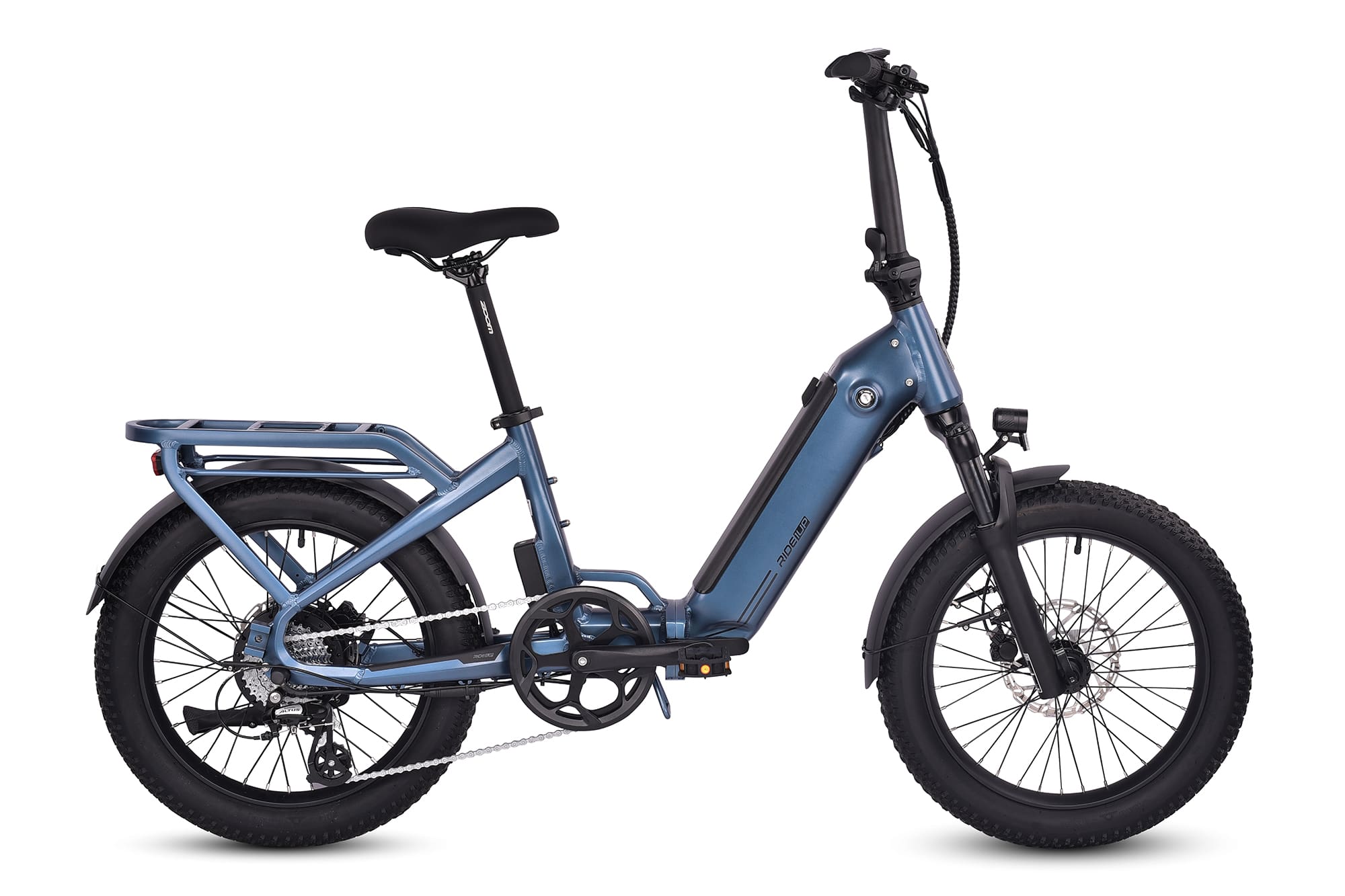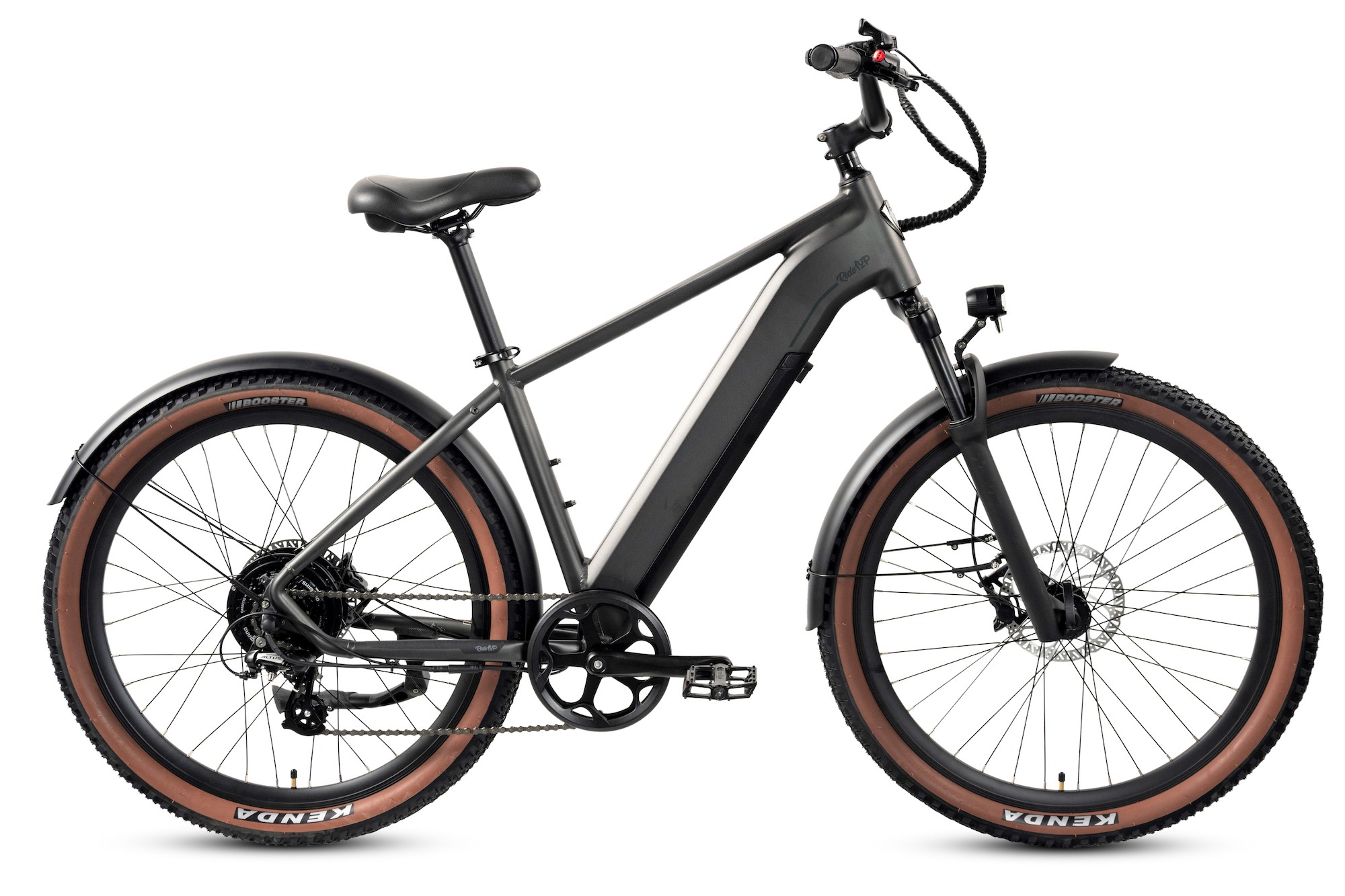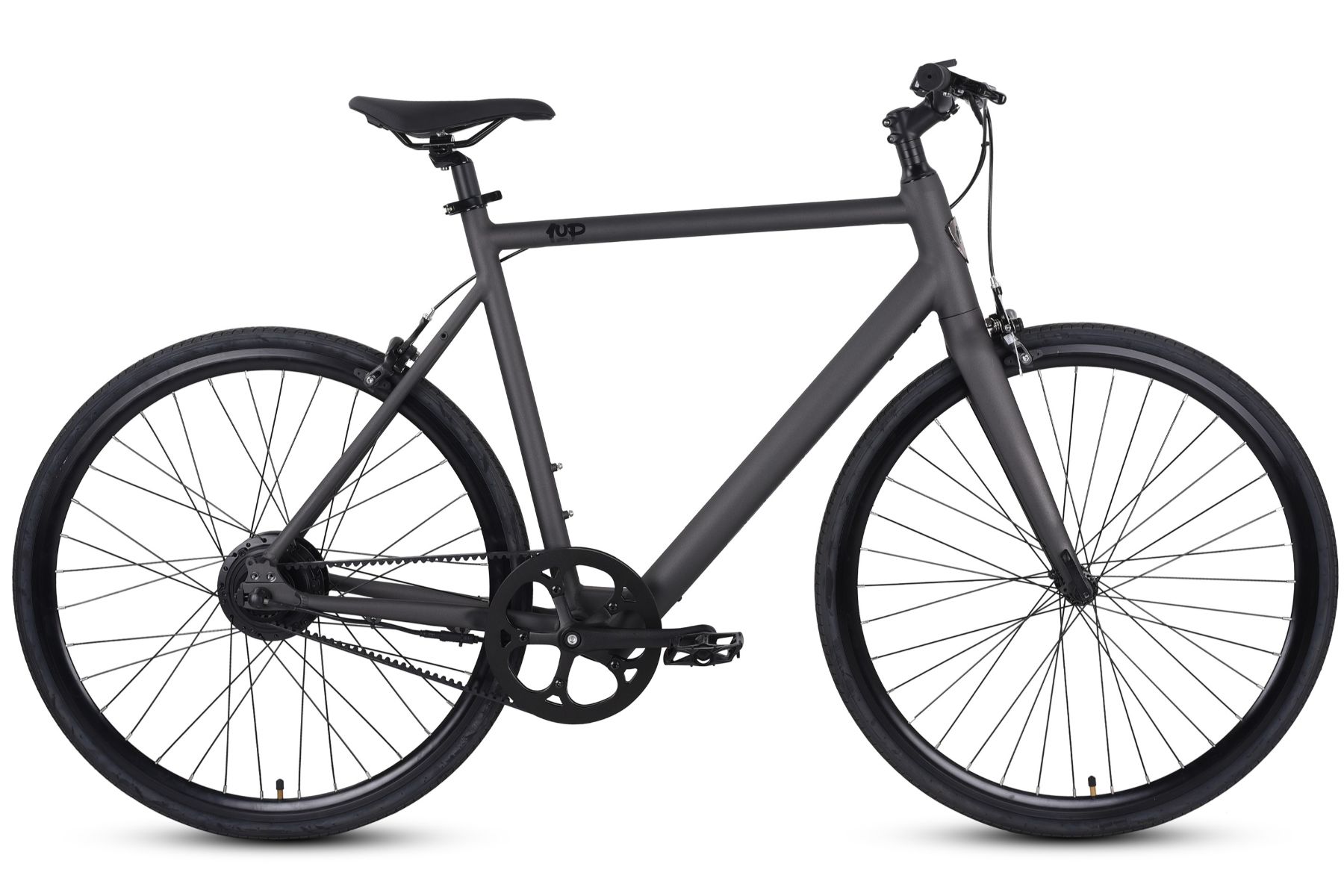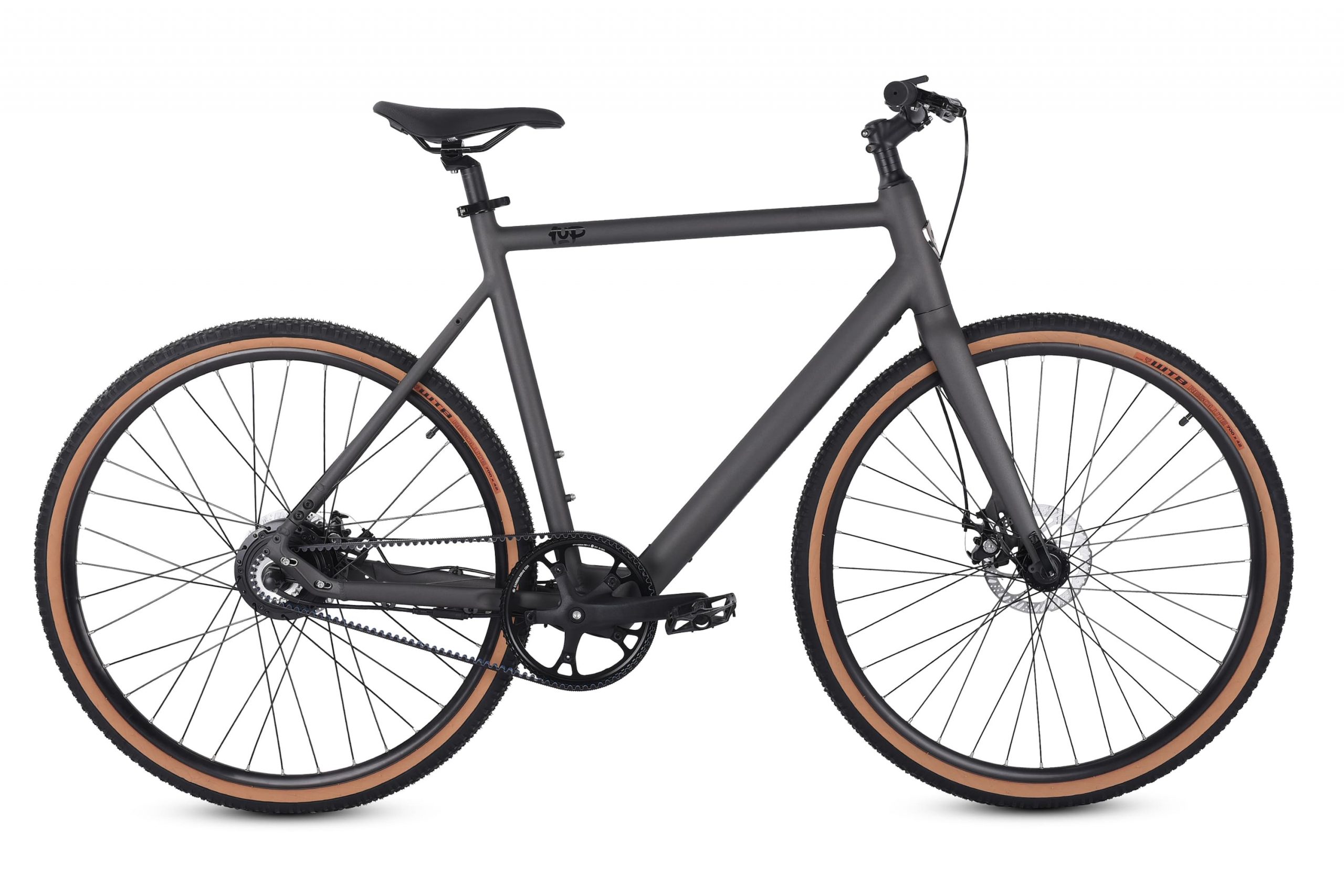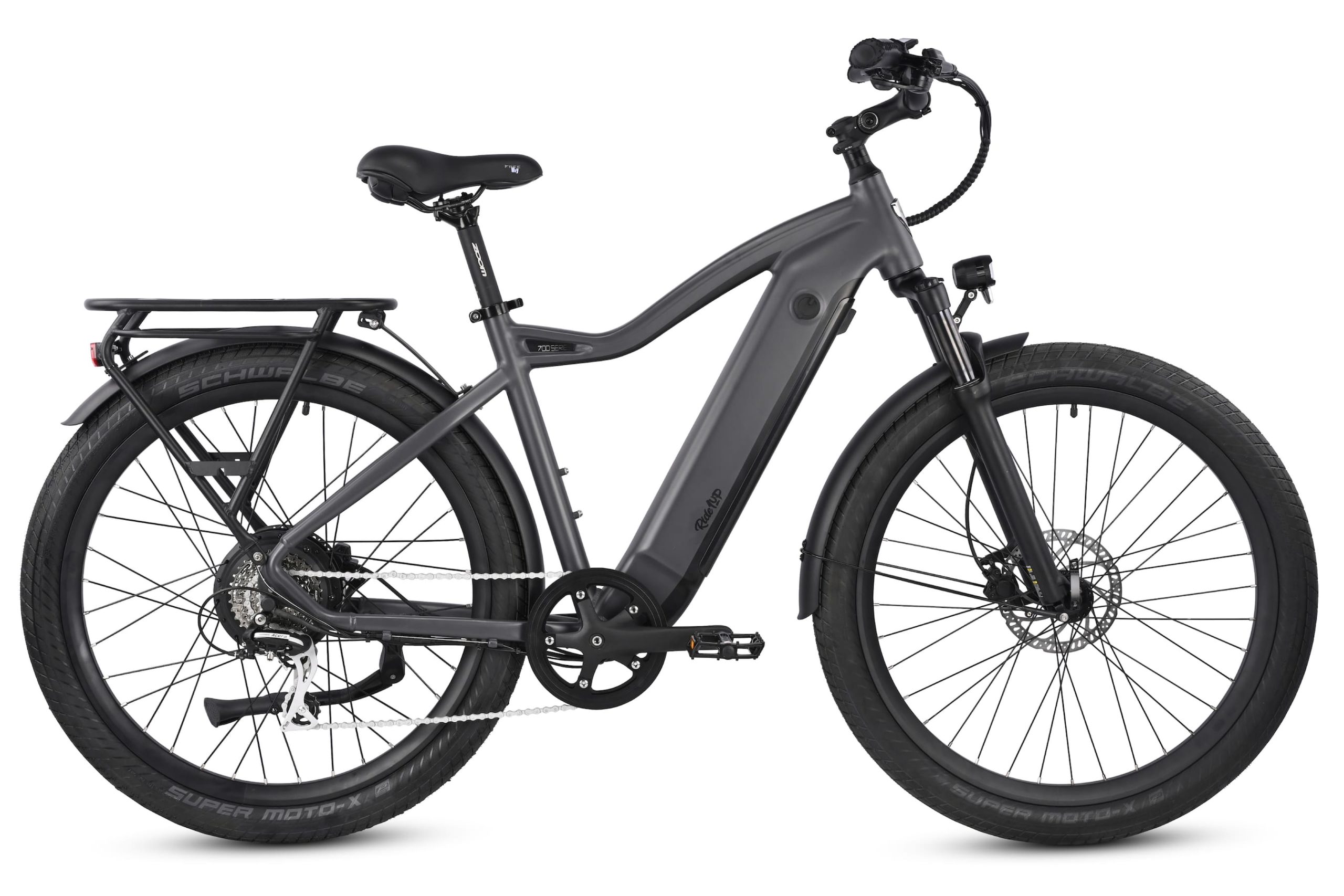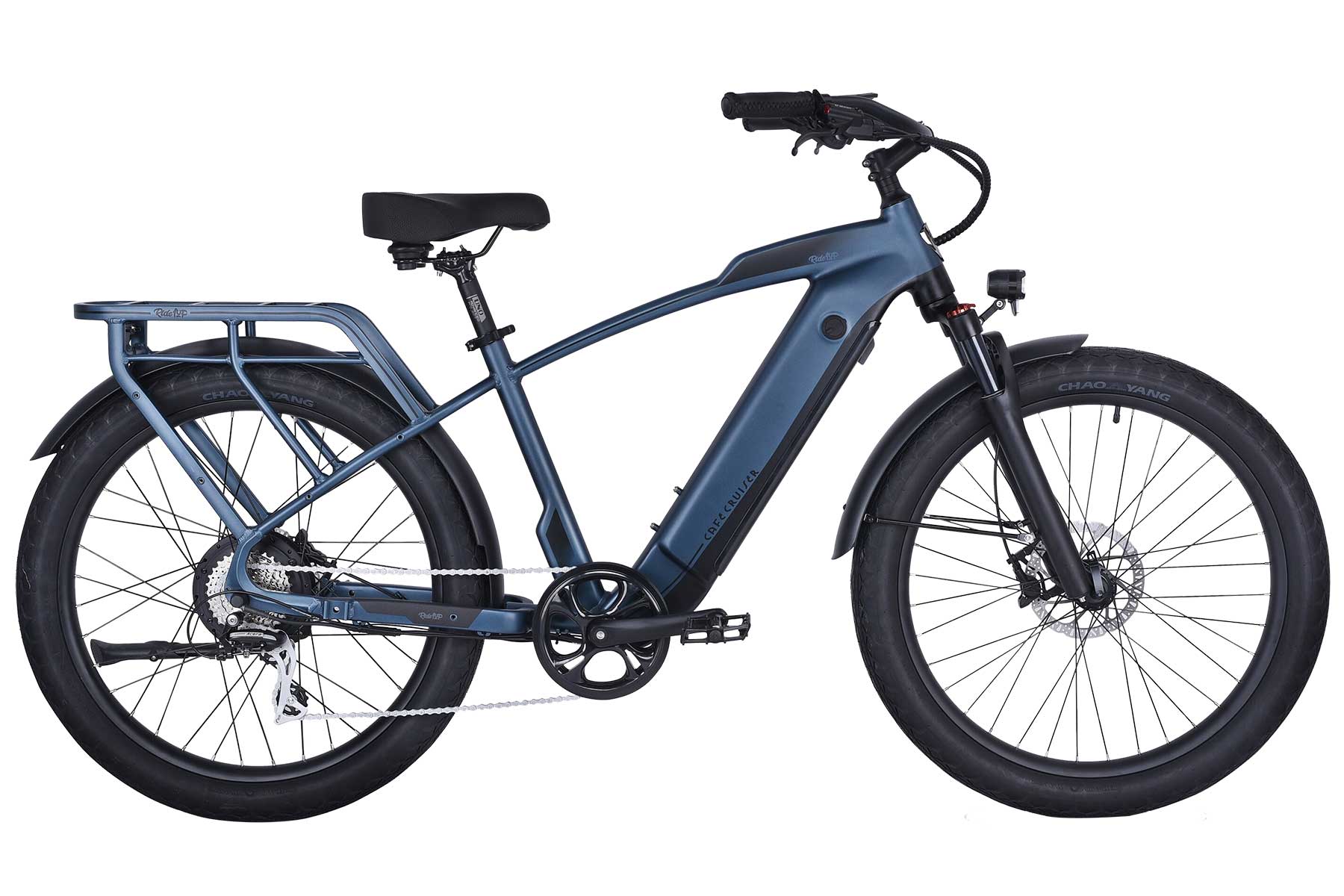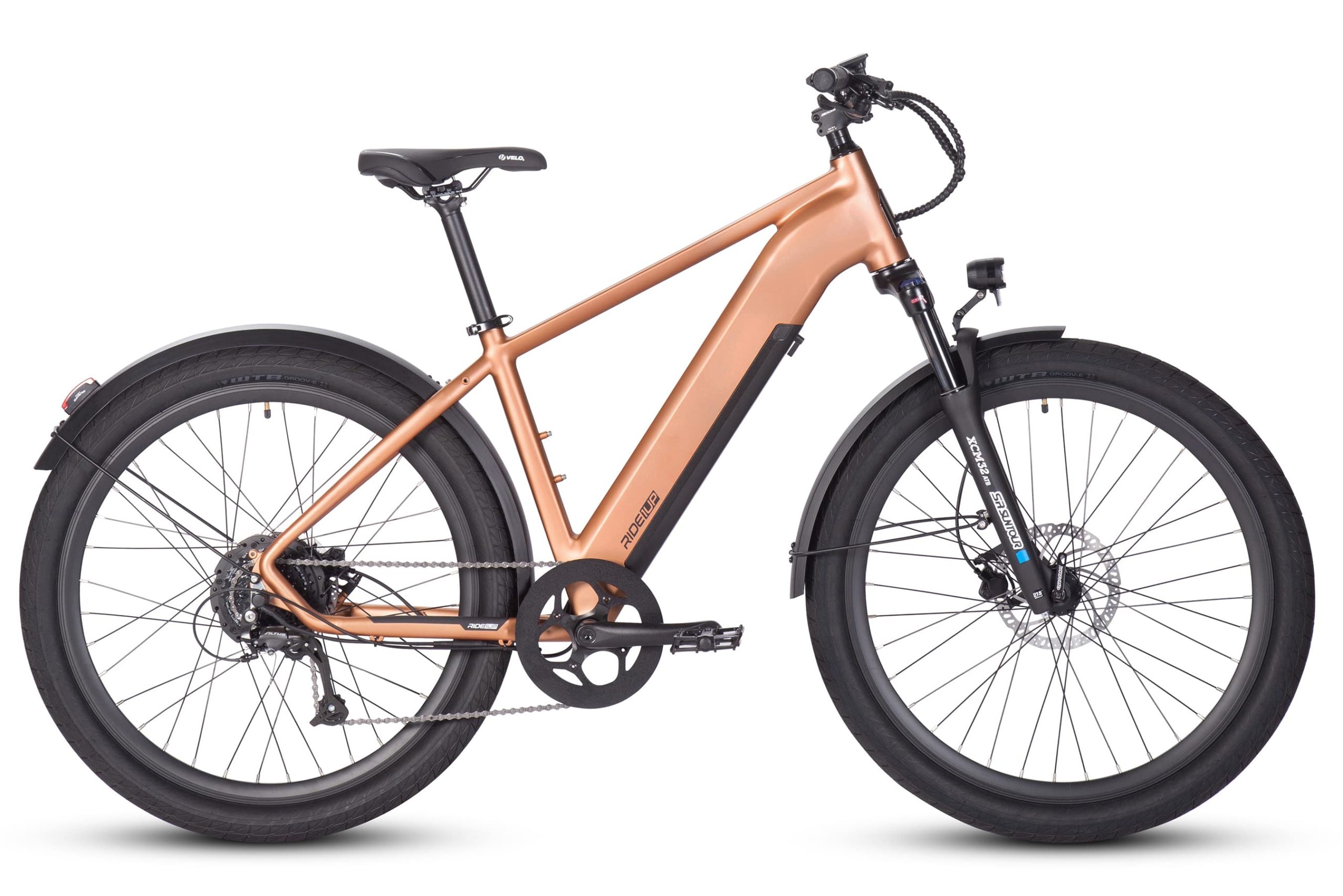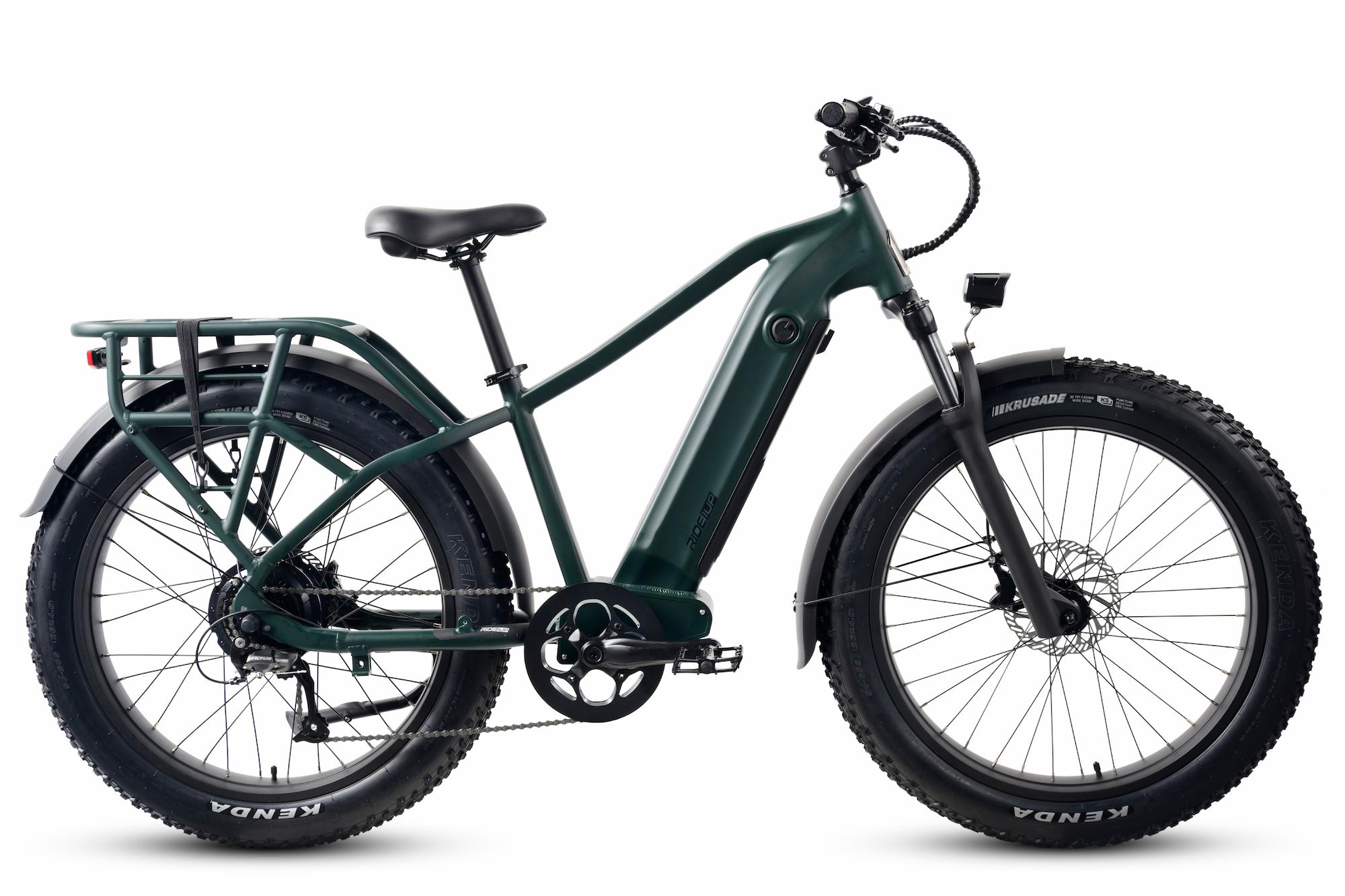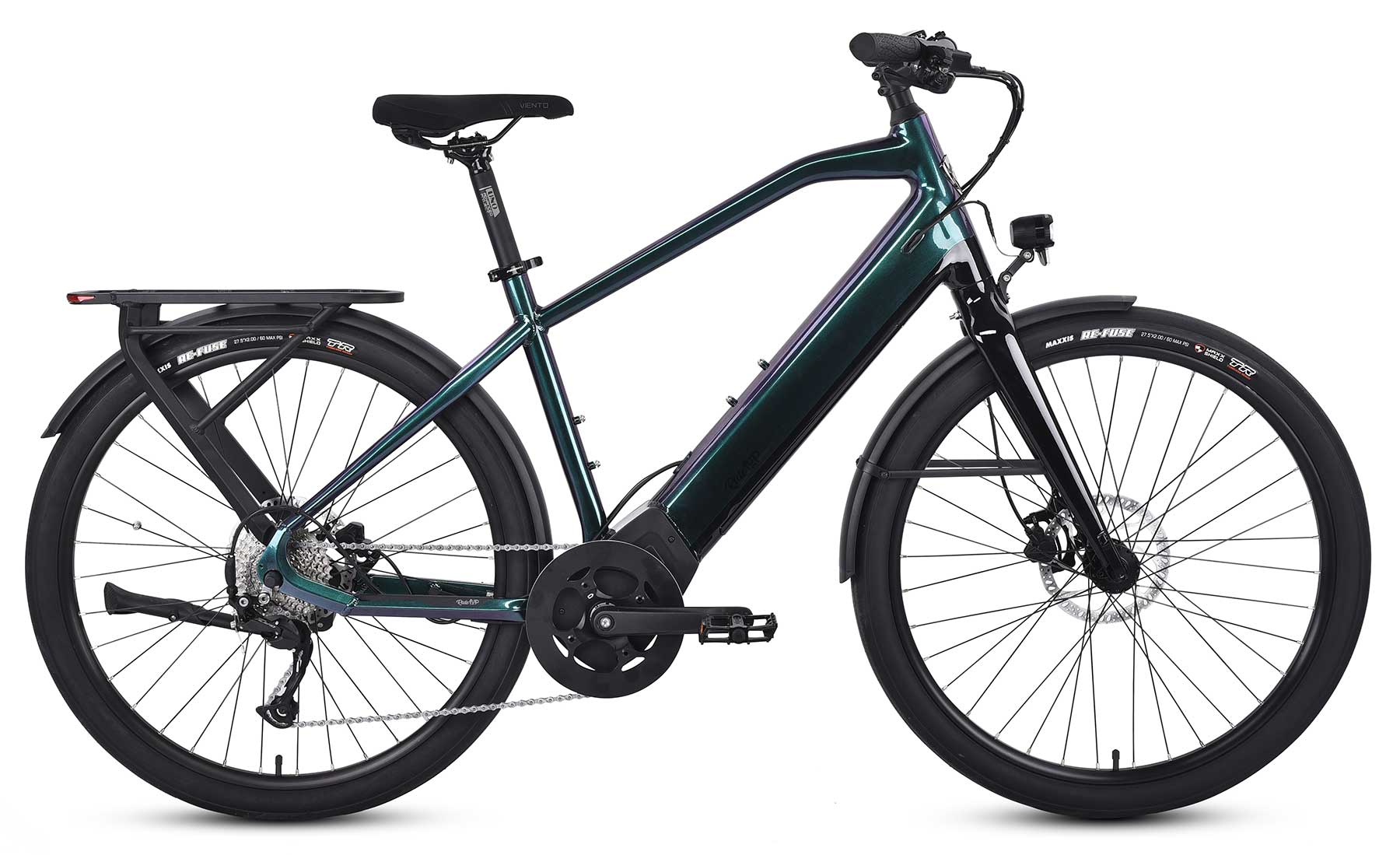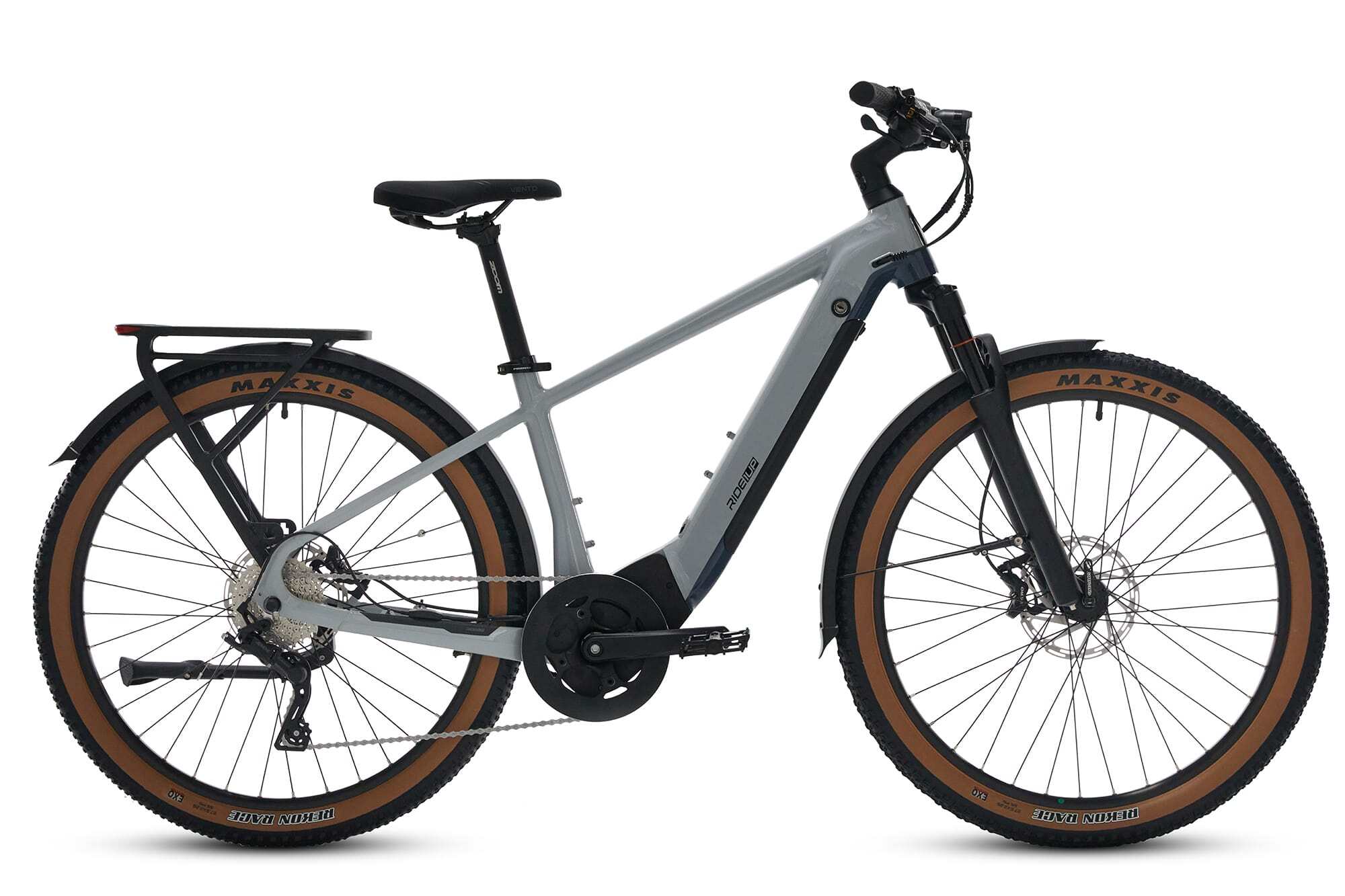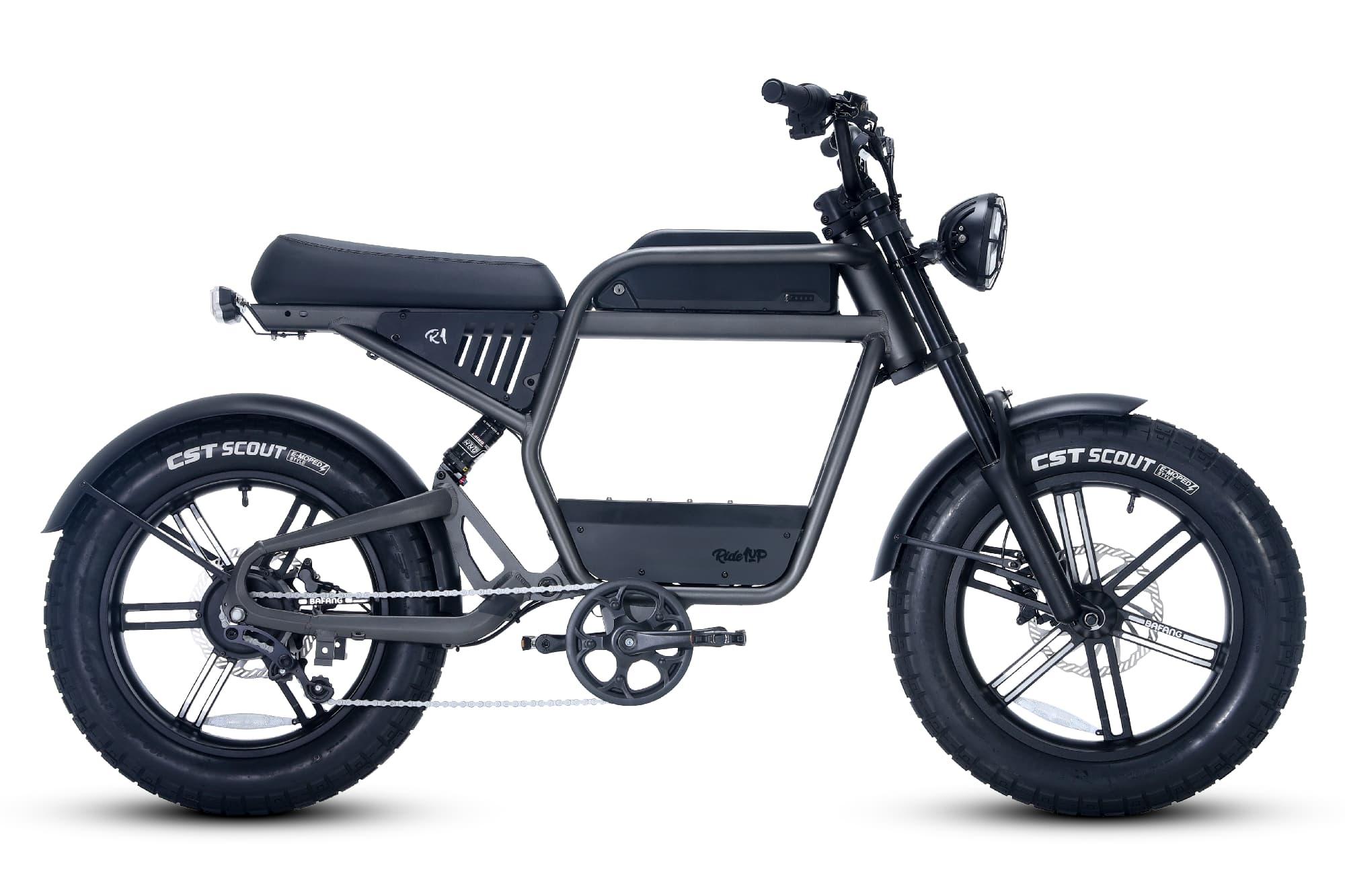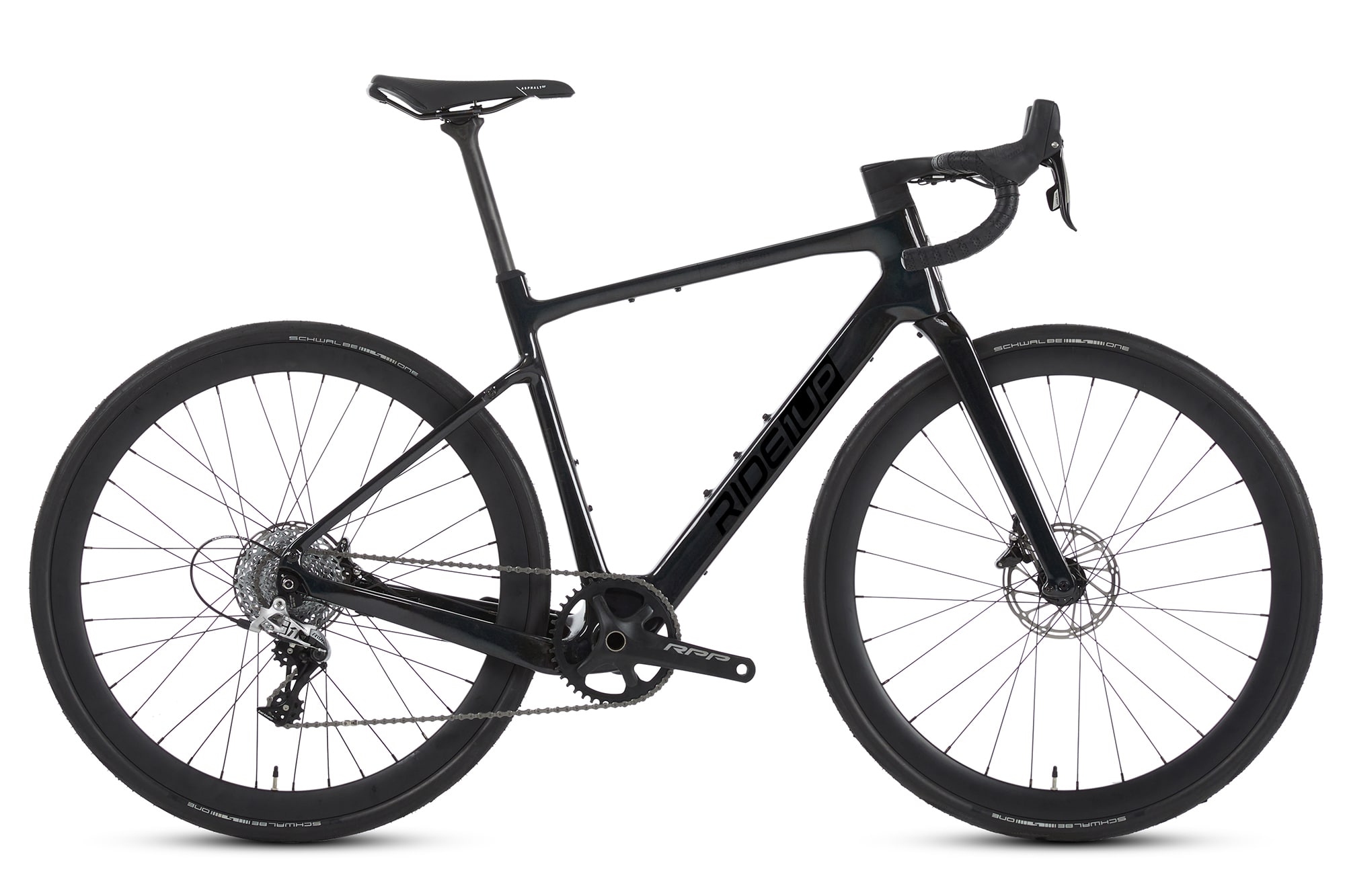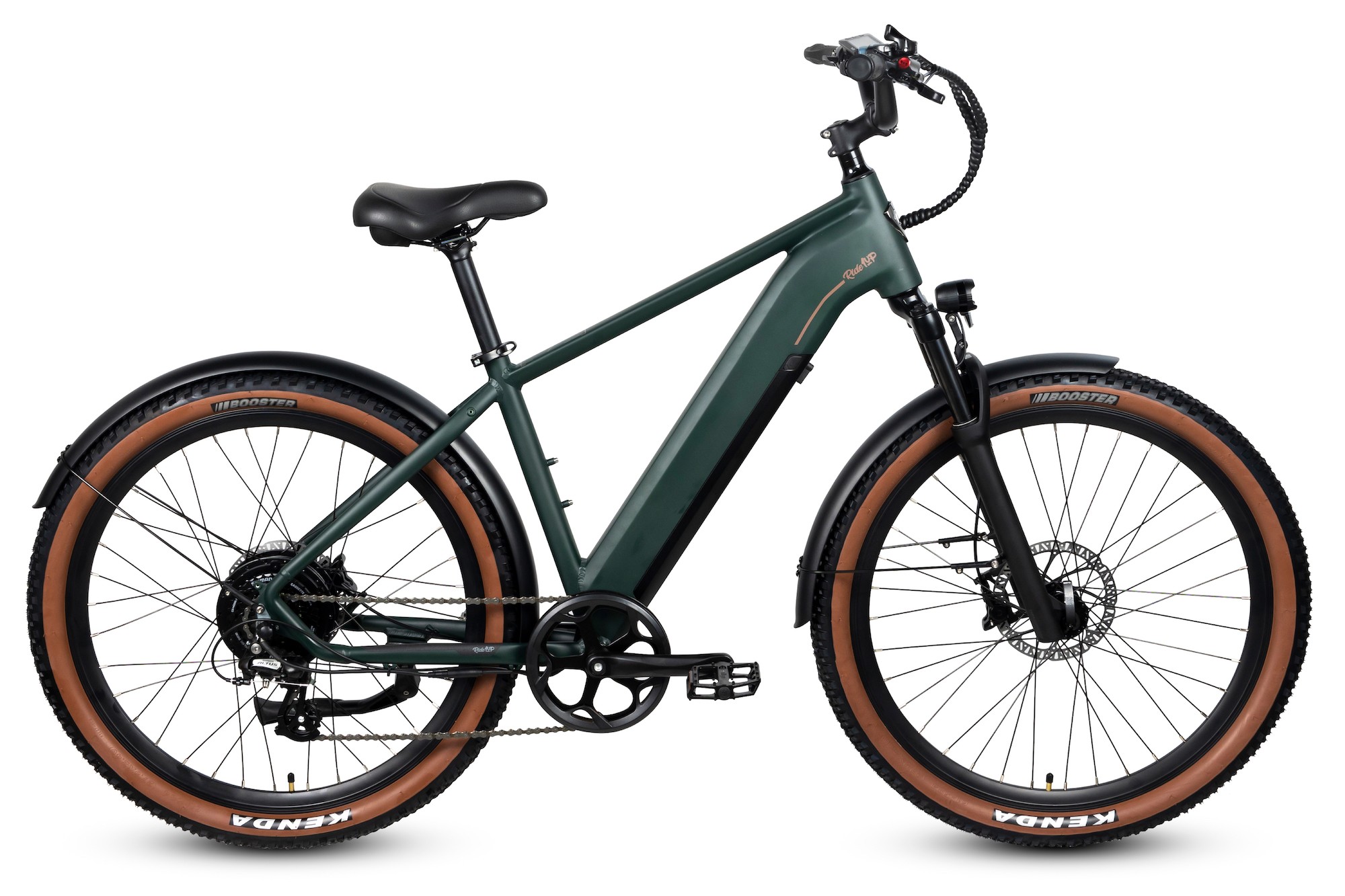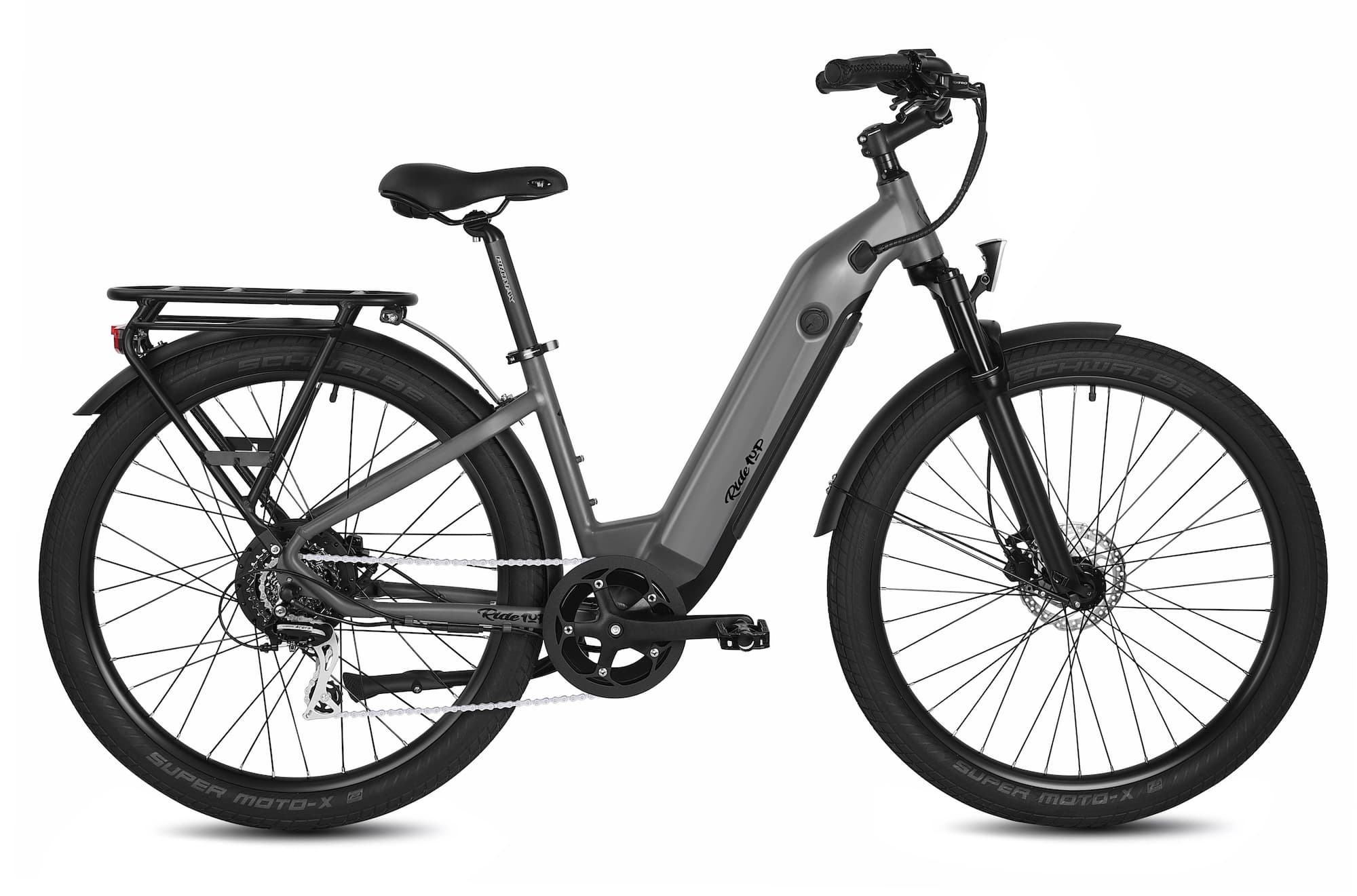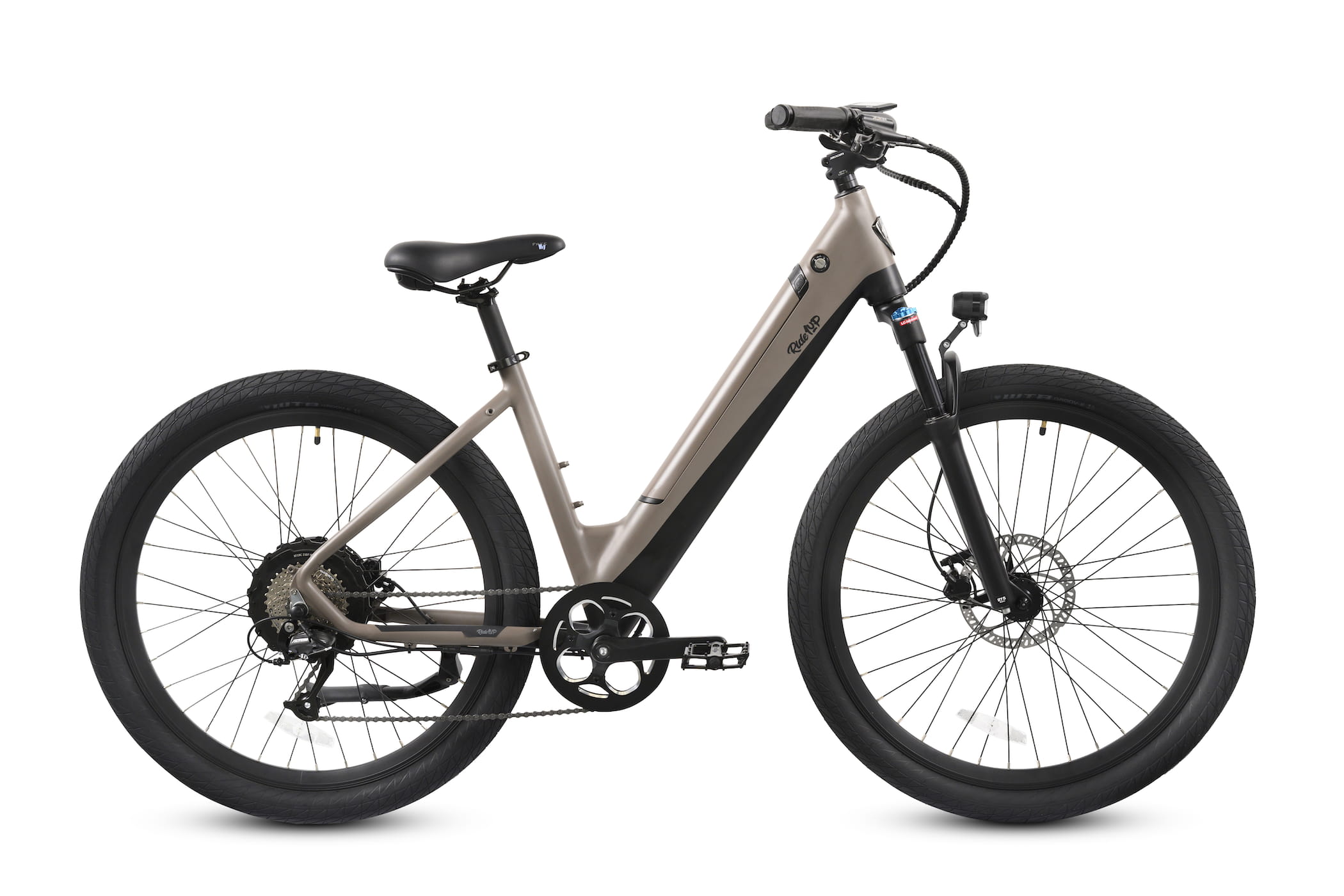Torque Sensor vs Cadence Sensor: Which is Right For Me?
July 21, 2022
The pedal-assist system (PAS) on an electric bike is what gives the rider assistance as they pedal. This is arguably the main reason why people choose to purchase an ebike. In order for the PAS to work properly, there is a sensor on the electric bike that when you pedal, sends a signal to the system that triggers the motor to start.
There are two main types of electric bike sensors: torque sensors, and cadence sensors. While they generally serve the same purpose, the way each performs is very different. Similarly, the riding experience differs drastically depending on which type of sensor is installed on the ebike.
In this article, we break down the differences between torque and cadence sensors on electric bikes, not only from a technical perspective but also from a rider’s experience point of view. This will give you a better understanding of which type is better suited for the experience you are looking for.
Ebike Cadence Sensors:
A cadence sensor is a lot like a switch. It sends a signal that triggers the motor to activate when you start pedaling and will turn the motor off when you stop pedaling. It will apply a specified amount of power depending on the pedal assist level that you are in.
Cadence sensors are easier to install and more cost-effective than electric bikes with torque sensors. You will typically find cadence sensors on the majority of electric bikes on the market today.
Riding Experience with Cadence Sensor:
Riding an ebike with a cadence sensor can sometimes feel like it has more power. It doesn’t require as much effort to engage the motor and achieves top speed quicker with less effort. It is oftentimes described as being more ‘zippy’ while riding and you can undeniably feel when the motor engages as you start pedaling. This can be thrilling for some riders. For others, it can be a pain point, feeling too jerky and fast when you start pedaling even at the first PAS level.
Fortunately, with most Ride1Up ebikes, you can adjust the level of power output for each individual PAS level directly on the display! Additionally, our cadence sensors are not made like the rest. They are finely tuned to provide a more natural feel. You can learn more about how Ride1Up cadence sensors are more advanced than competing brands. Our software gives riders ultimate control over their riding experience.
Ebikes with cadence sensors are a great option for those riders looking for a more ‘peppy’ ride who like to go top speed with minimal effort. It can also be the ideal solution for riders who have limited mobility and cannot exert too much force when pedaling.
Cadence sensors work best and most efficiently on flatter terrains. They can still perform well in hilly areas but they aren’t as efficient as torque sensors.
Ebike Torque Sensors:
A torque sensor on an ebike measures the torque of the rotational force applied to the crankset as you pedal. Rather than signaling the motor to either turn on or off when the pedals start moving like the cadence, torque sensors deliver power dynamically depending on how hard or soft the rider pedals. In other words, the more effort and/or force exerted while pedaling, the more power and assistance will be applied.
From a technological perspective, torque sensors are more advanced than cadence sensors, so they tend to be more expensive.
Riding Experience with Torque Sensor:
Riding an ebike with a torque sensor is a much more responsive experience and feels similar to riding a conventional bicycle. It is a smoother ride and more subtle when the motor engages. Therefore, torque sensors make a great option for those who enjoy and are used to the feeling of conventional cycling. It is the perfect transition from a traditional bike to an electric bike.
Those who are regularly riding in hilly areas will immediately notice the benefits of an ebike with a torque sensor. On an incline, a torque-sensing ebike will automatically provide more assistance as you pedal harder and level out once you get to flat terrain. Alternatively, if you are going downhill, it may not provide any assistance. As a result, ebikes with torque sensors are much more efficient, have extended battery ranges and only deliver power when needed.
Final Thoughts
Deciding between a torque sensor or a cadence sensor can be a difficult one. However, at the end of the day, one is not better or worse than the other. It really depends on what type of riding experience you are looking for. If you are looking for a responsive and more efficient ride, go with torque. If you are looking for something more affordable and hitting those top speeds with minimal effort, then cadence is your best bet.


